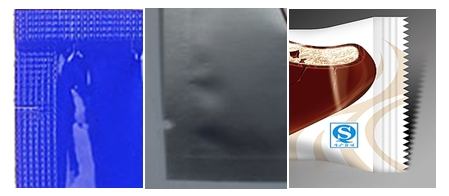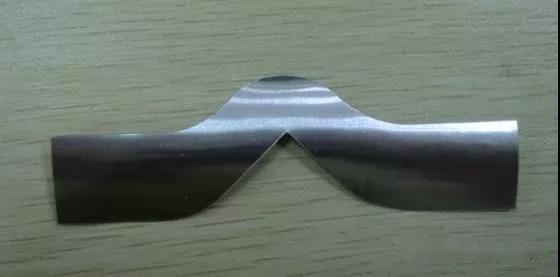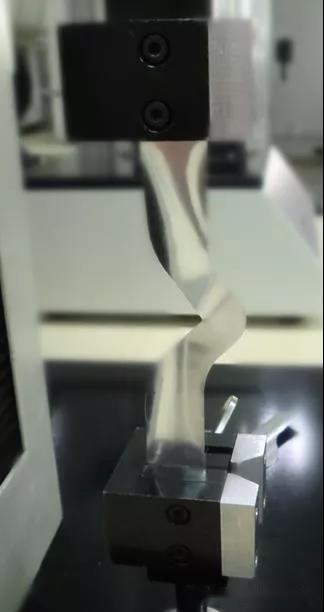Source: Link Testing Instruments Co.,Ltd.
The heat-sealing strength of the heat-sealed edge of the soft plastic packaging bag is relatively high, and it is generally difficult to open the packaging bag by breaking the heat-sealed edge. The serrated easy-to-tear opening at the top of the heat-sealed edge, the cut in the heat-sealed edge, etc. However, in actual use, not all the easy-to-tear openings of soft plastic packaging bags are easy to tear. In the process of tearing the package, the easy-to-tear part is often difficult to be torn, or the composite film of the packaging bag is layered during the tearing process, which increases the difficulty of taking out the packaged contents.

Tomato sauce is made by crushing, beating and peeling mature tomatoes. It is rich in lycopene, vitamin B, dietary fiber, minerals, etc. It is a very distinctive condiment. The common packaging of ketchup includes glass bottles, plastic bottles, flexible plastic packaging bags, etc. For ketchup packed in flexible plastic packaging bags, if the tearing performance of the packaging bag is poor, the ketchup is not easy to take out. Generally, tearing performance is expressed by tearing load, tearing strength and other indicators.
Test method and instrument
At present, the standard for testing the right-angle tearing force of flexible plastic packaging in China is QB/T 1130-1991 "Plastic Right-angle Tearing Performance Test Method". The testing equipment for the right-angle tearing performance is a tensile testing machine. In this paper, the LTS-05 intelligent electronic tensile tester independently developed and produced by Link Testing Instruments Co.,Ltd. is used to test the tearing performance of the samples.
Equipment principle: The equipment contains upper and lower clamps. The sample is clamped between the two clamps. During the test, the upper clamp moves upwards and the lower clamp remains stationary. The force sensor located in the upper clamp is connected to the internal configuration of the device. The displacement sensor automatically collects the force value and displacement change generated during the test, so as to calculate the tear, stretch, peel force value and deformation rate required for the test.
Test sample and process
Test sample: aluminum-plastic composite film for a certain brand of tomato sauce packaging.
Experimental procedure:
(1)Use a special sampler to cut 5 samples along the horizontal and vertical sides of the sample.

(2) Test the thickness value at the right-angle mouth of the test specimen.
(3) The initial distance between the two clamps is set to 80 mm, and then the two ends of the long axis of the specimen are clamped in the upper and lower clamps of the equipment respectively, so that the force direction of the specimen is perpendicular to the direction of the specimen.

(4) Set the test speed, sample thickness and other parameter information, click the test option, and the test will start. The equipment records the force value changes during the test in real time, and automatically calculates and displays the test results such as the right-angle tearing force and the right-angle tearing strength.
Test results and analysis
The thickness of the aluminum-plastic composite film sample for tomato sauce packaging in this article is 85.6 μm. The transverse right-angle tearing forces of the samples were 7.65 N, 7.81 N, 7.79 N, 7.63 N, and 7.73 N, respectively, and the longitudinal right-angle tearing loads of the samples were 9.47 N, 9.51 N, 9.43 N, 9.39 N, and 9.58 N, respectively.
For more details please visit our website www.linktesting.org